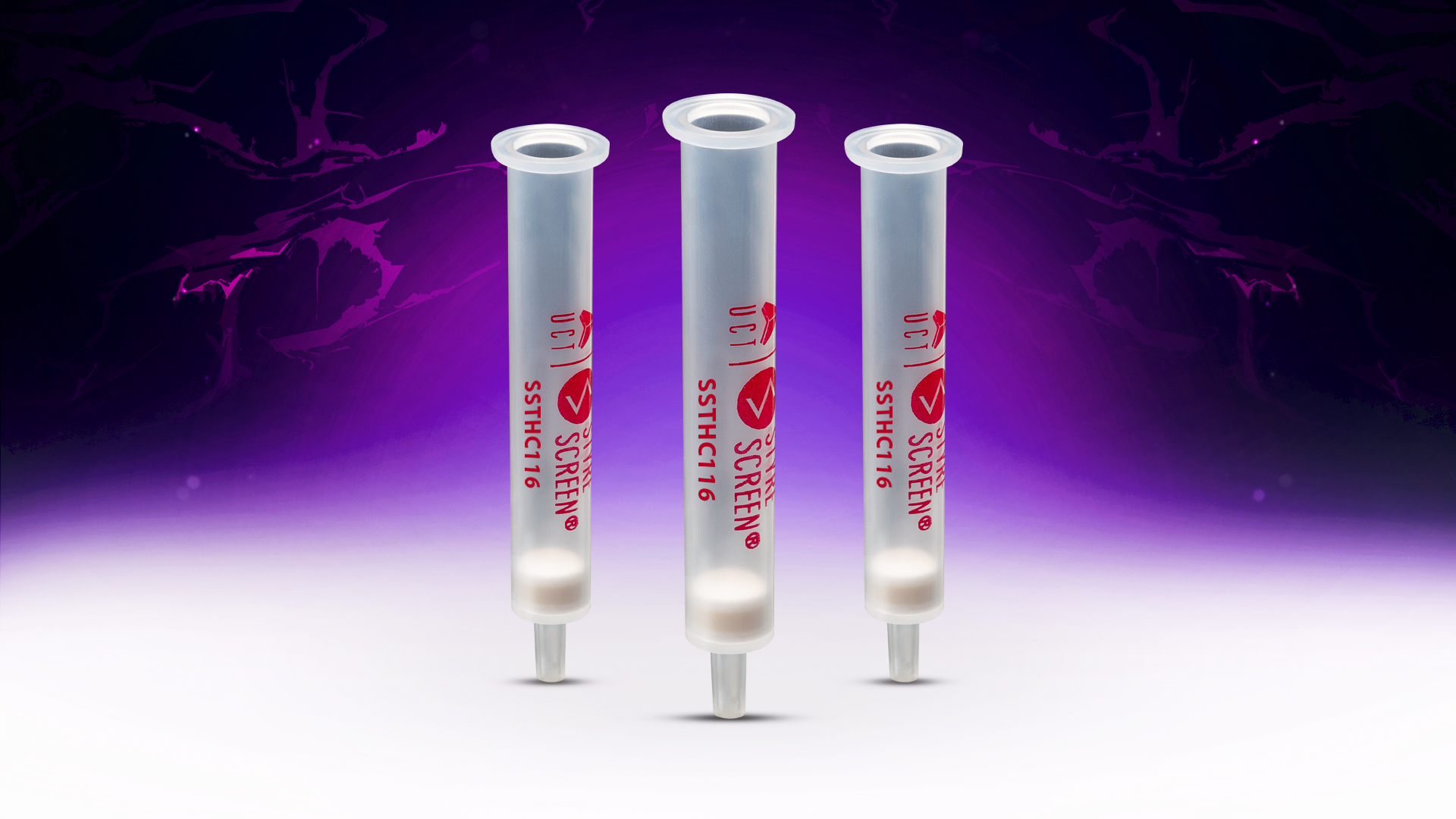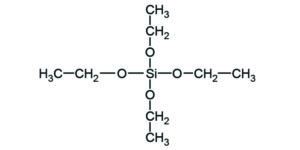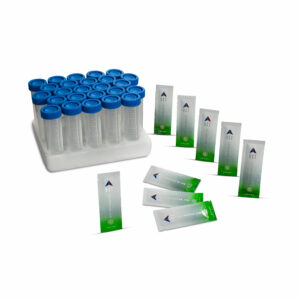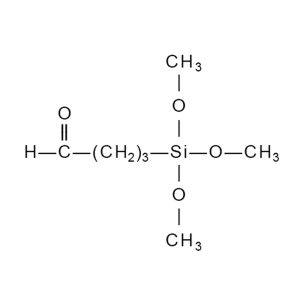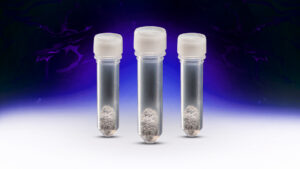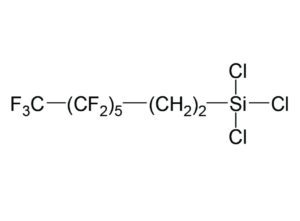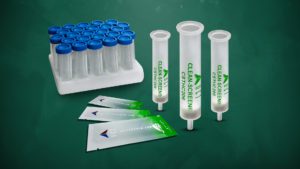Top 10 Forensic Compounds/Topics of 2016 – The Analysis of Δ9-THC and Its Main Metabolites in Whole Blood
While these compounds have been major players in a toxicological setting for quite some time, there still appears to be a generalized struggle to precipitate and extract them efficiently from whole blood. Not only is the ratio of acetonitrile to blood sample critical for proper precipitation of these highly protein-bound compounds, but also the speed in which it’s added along with the working temperature of the solvent at hand. Typically, for a 1 mL blood sample, 2-2.5mL of ice-cold acetonitrile should be added in a dropwise fashion while simultaneously vortexing. Following centrifugation, the supernatant should then be cleaned-up on a solid-phase extraction media such as UCT’s StyreScreen® THC column prior to instrumental analysis.

